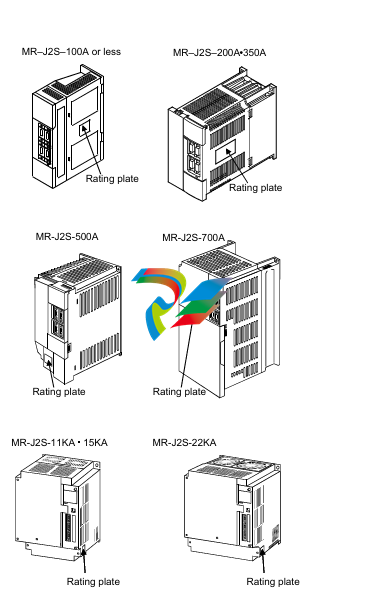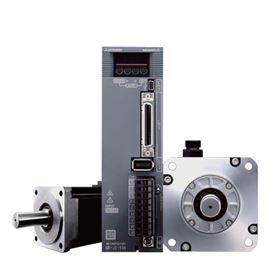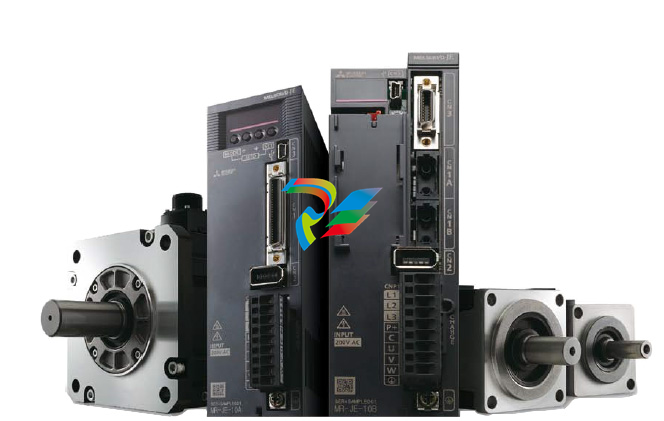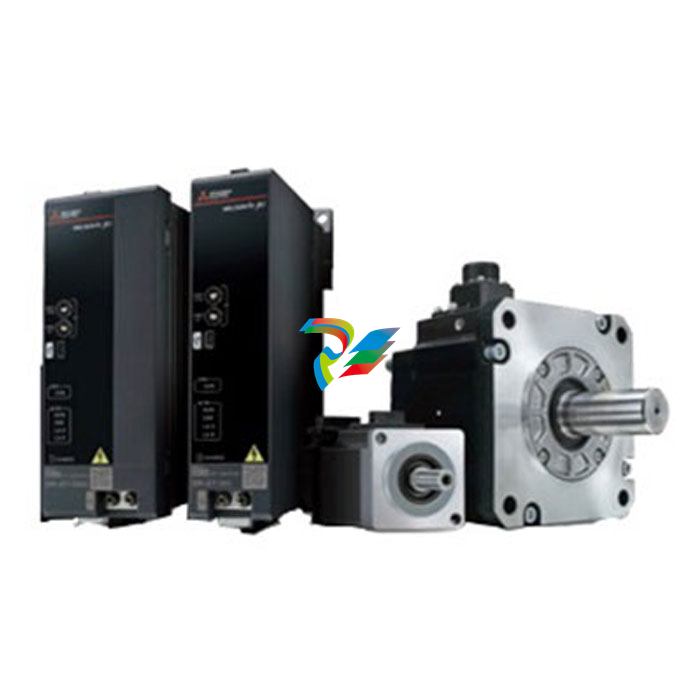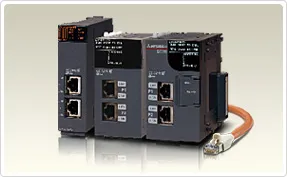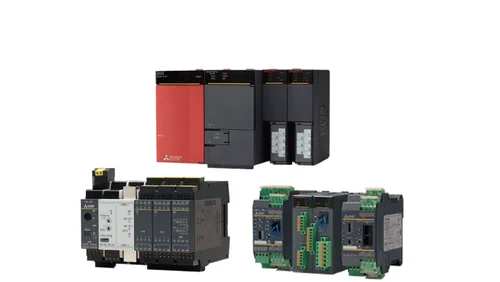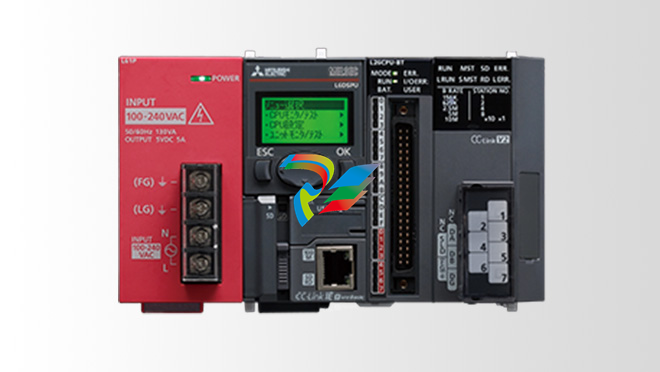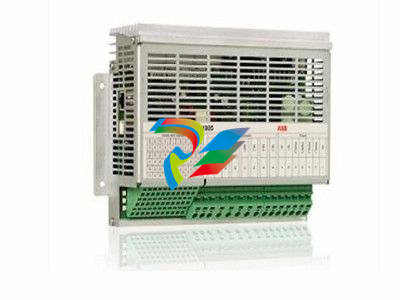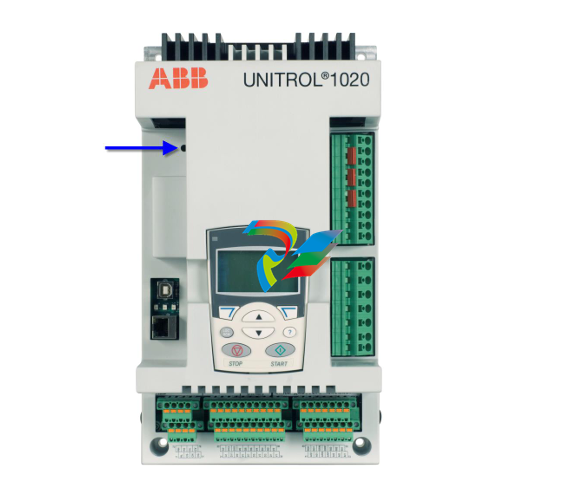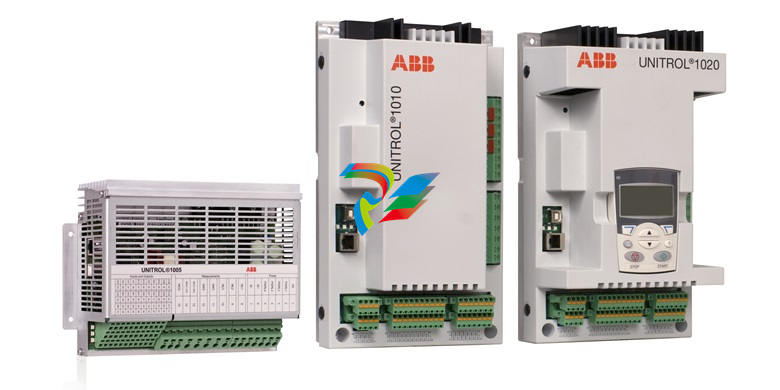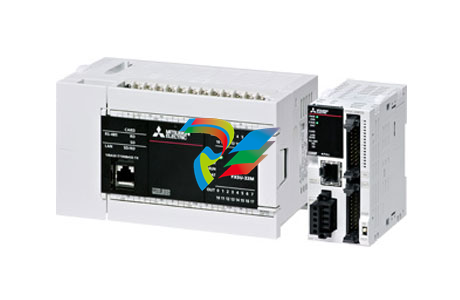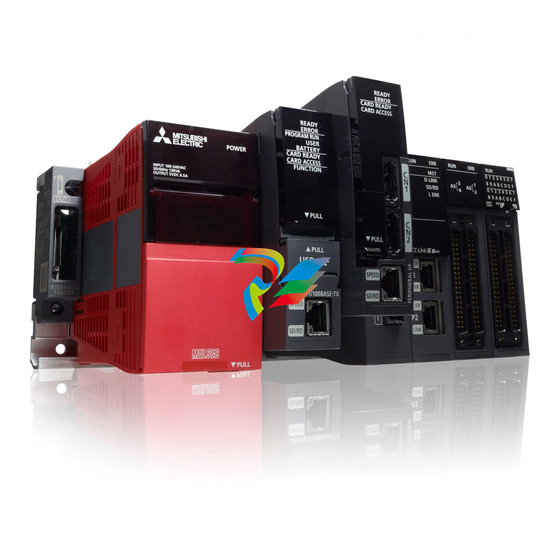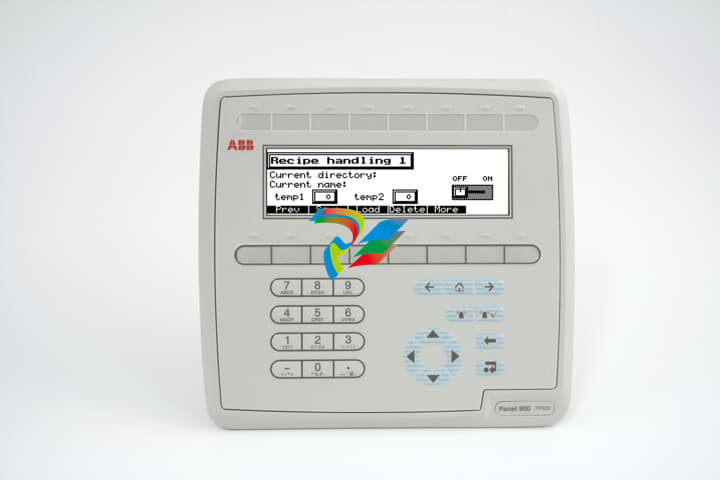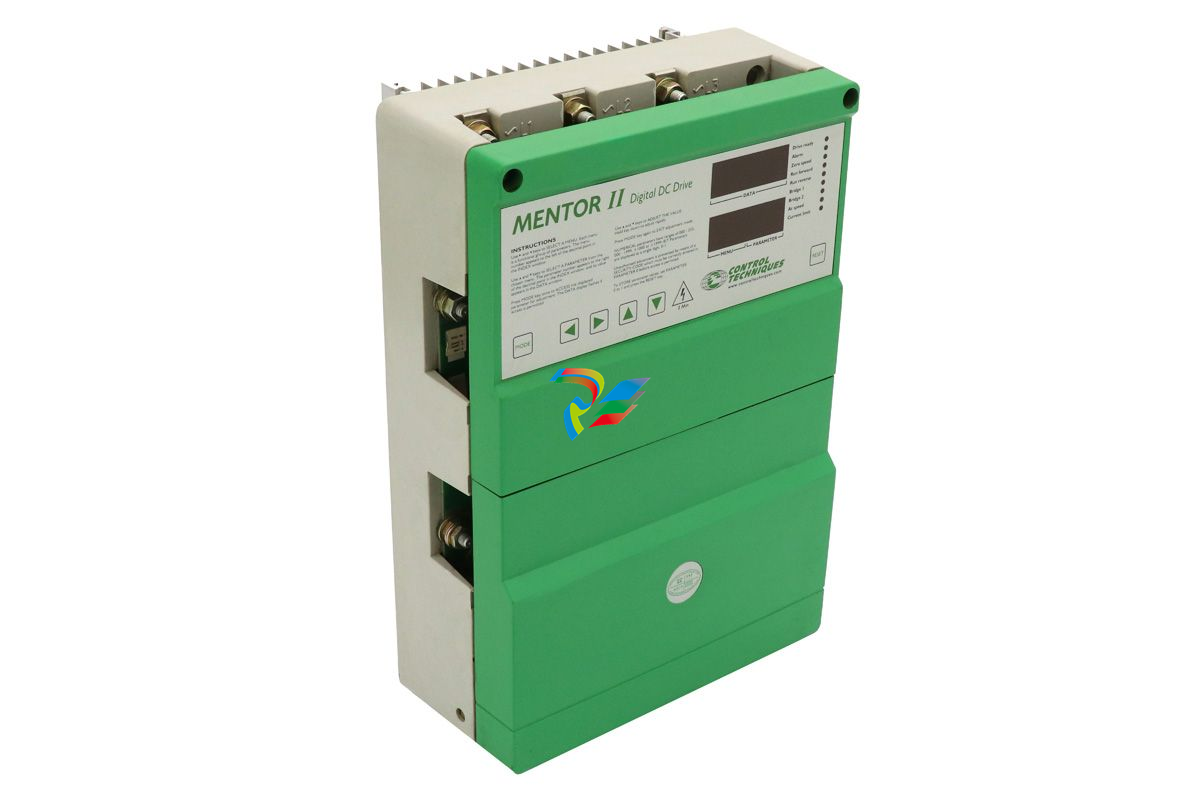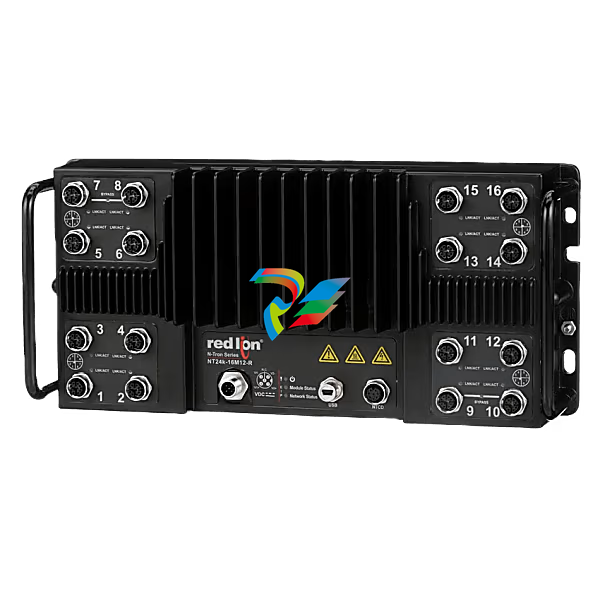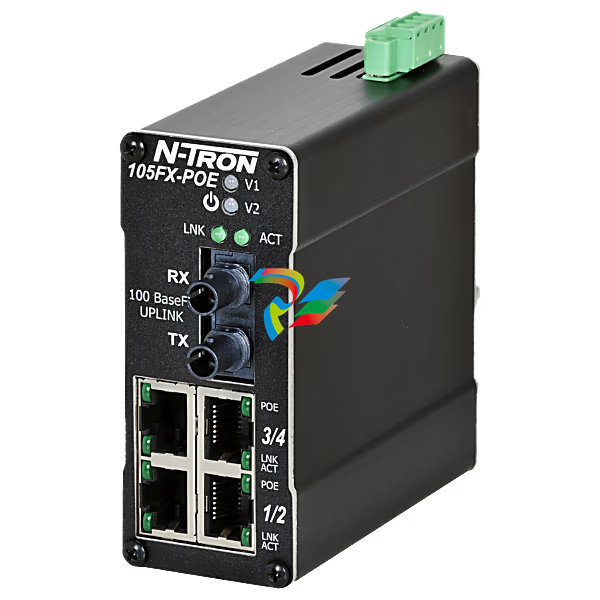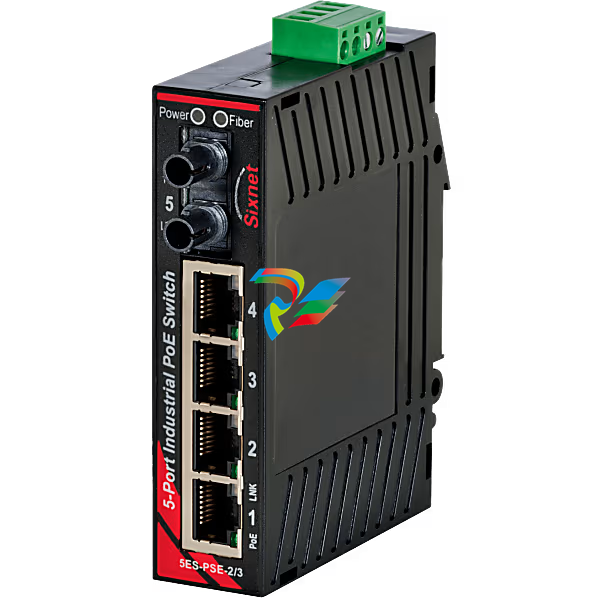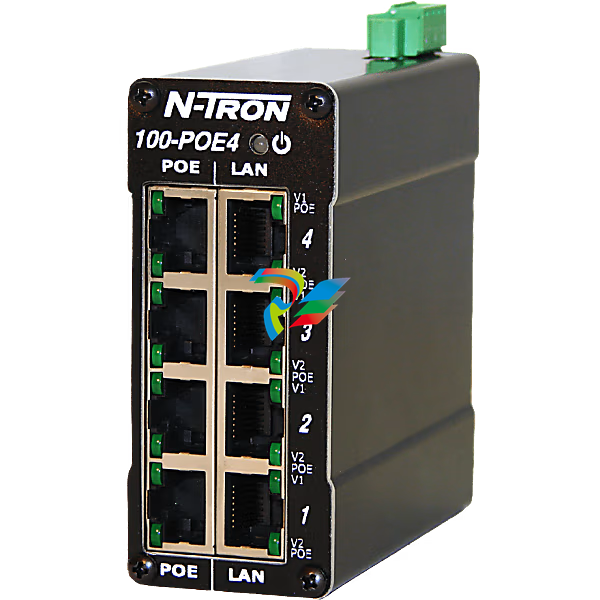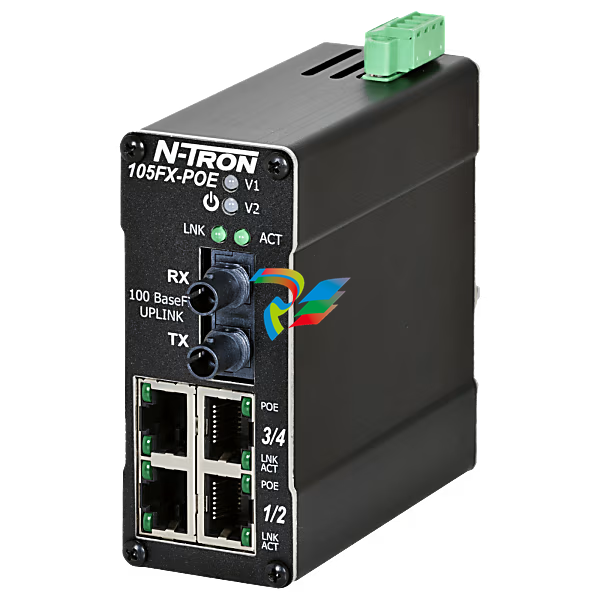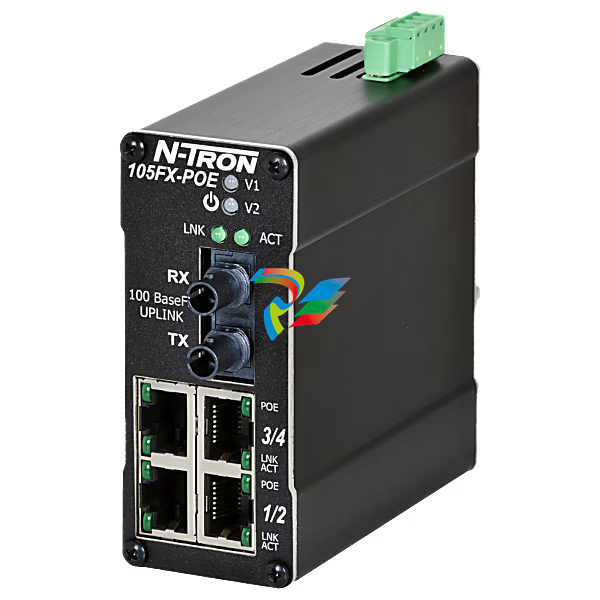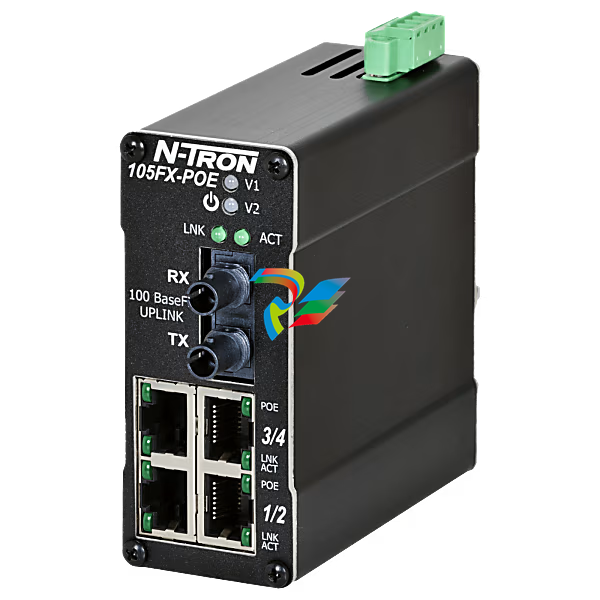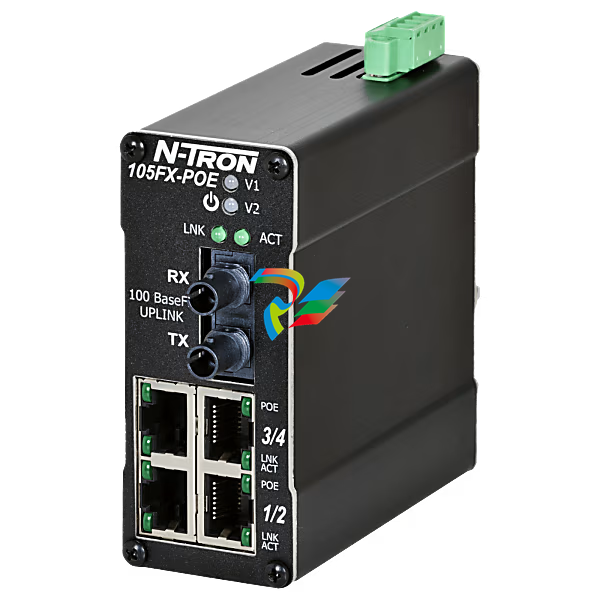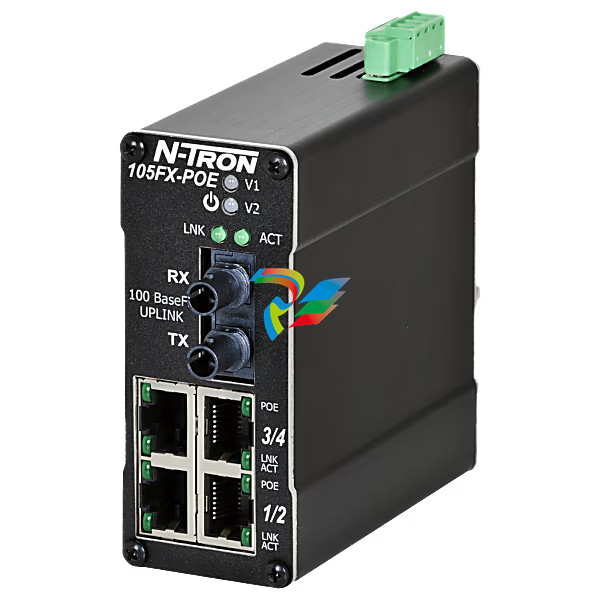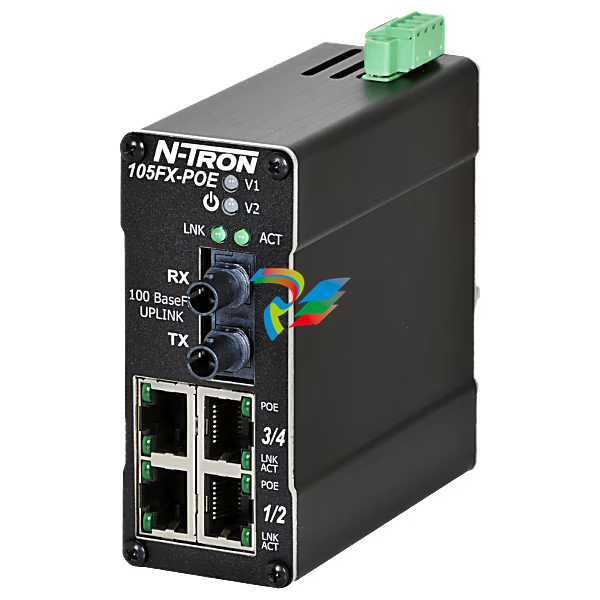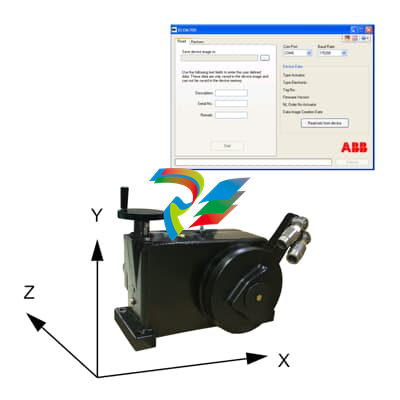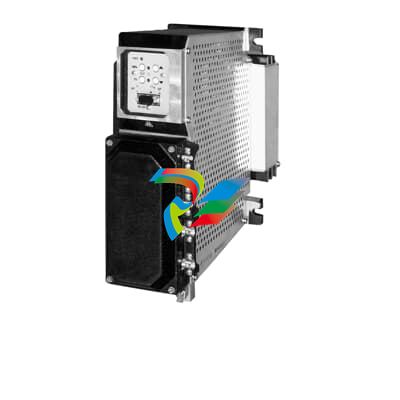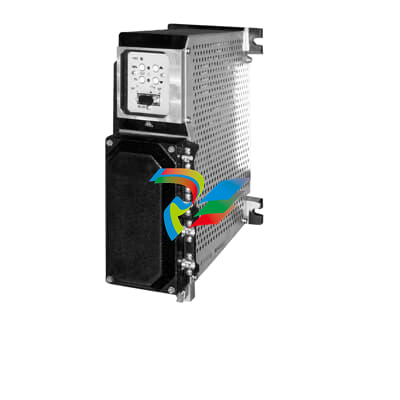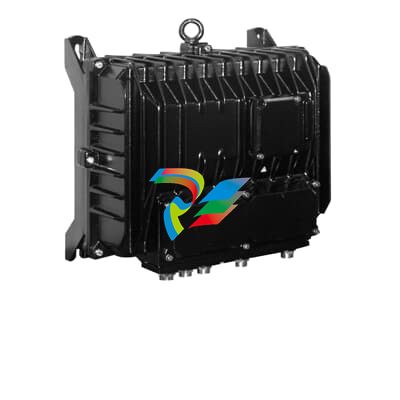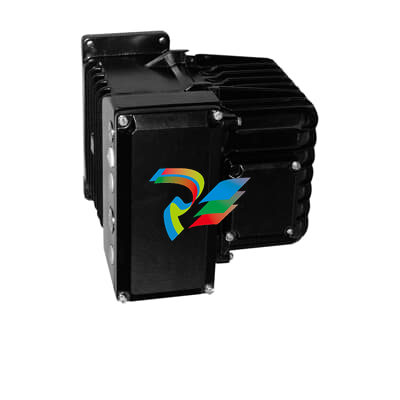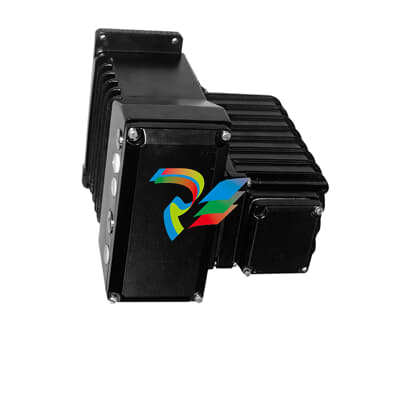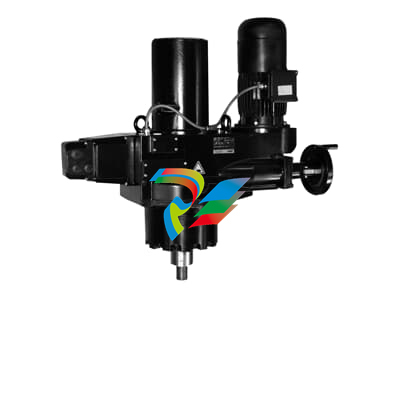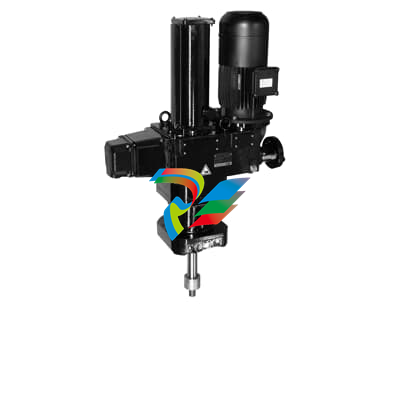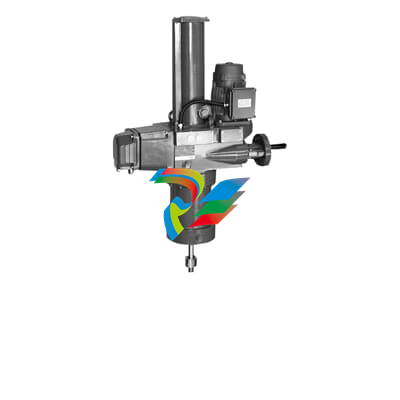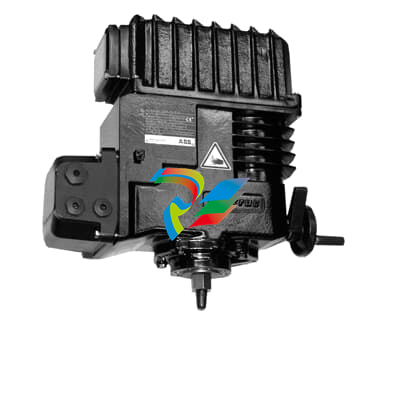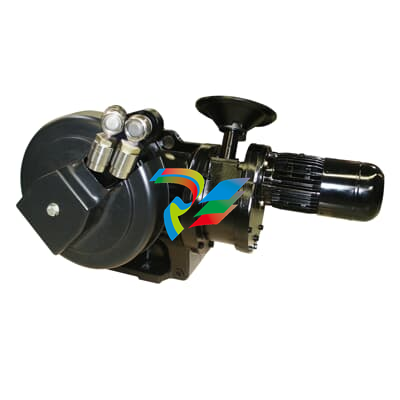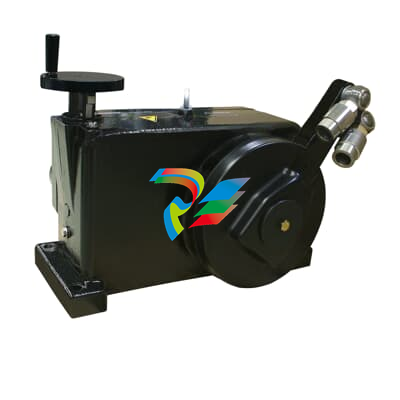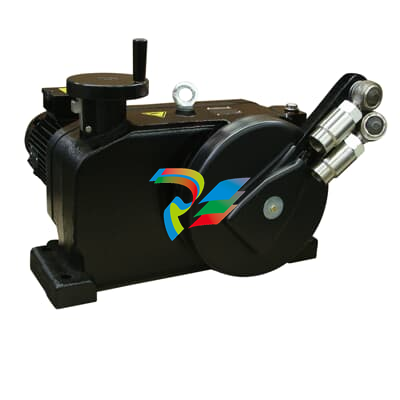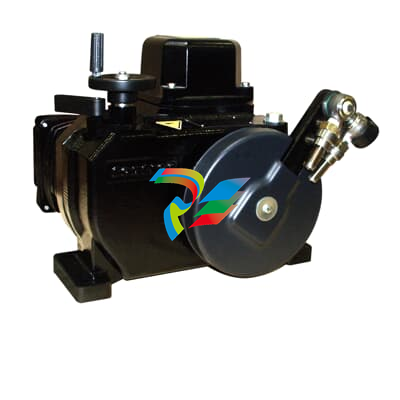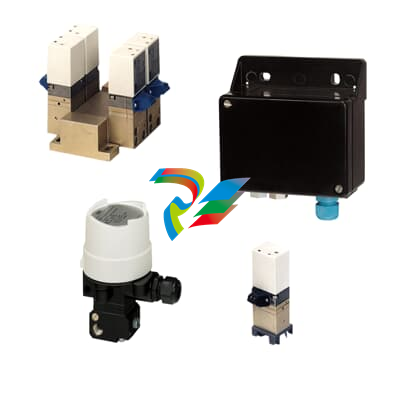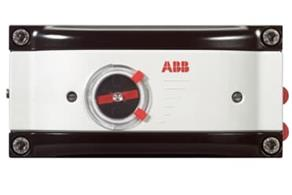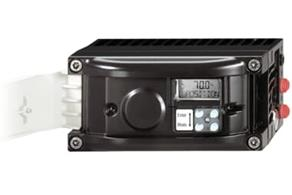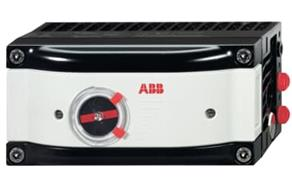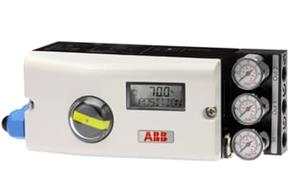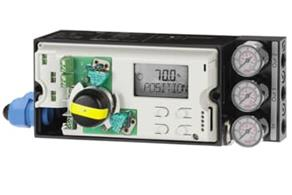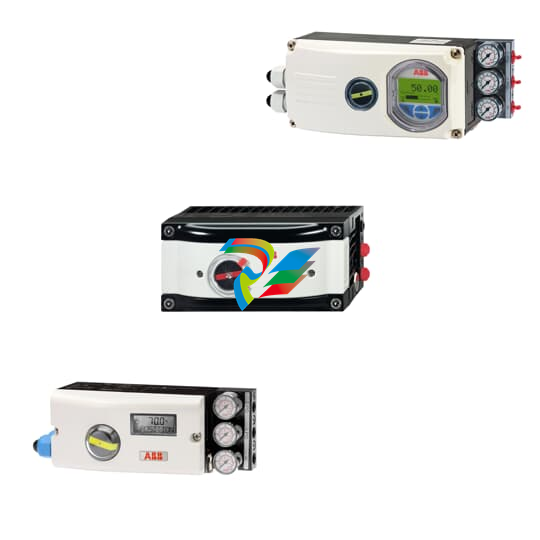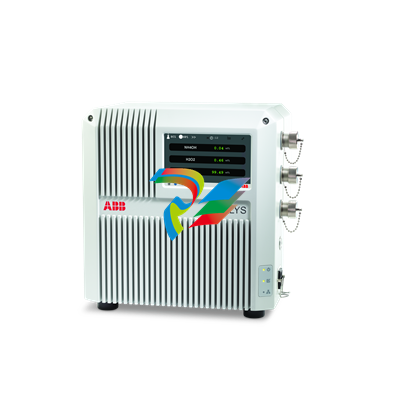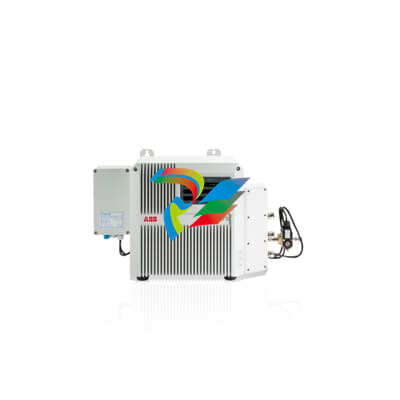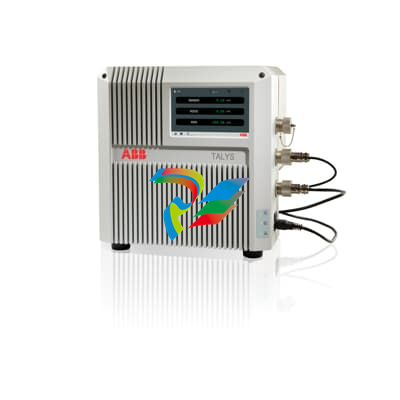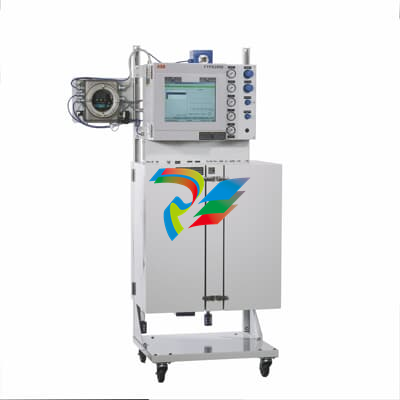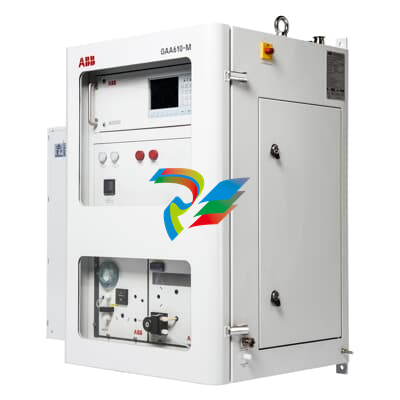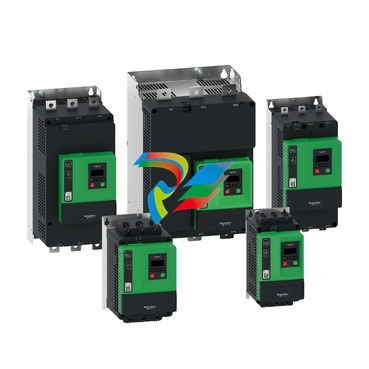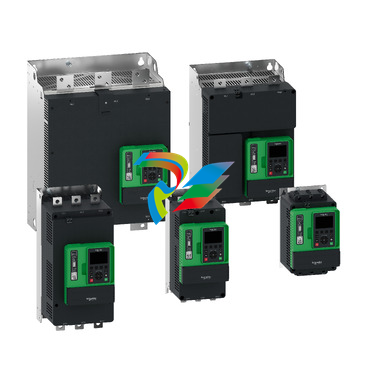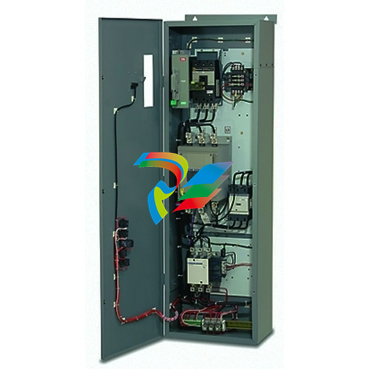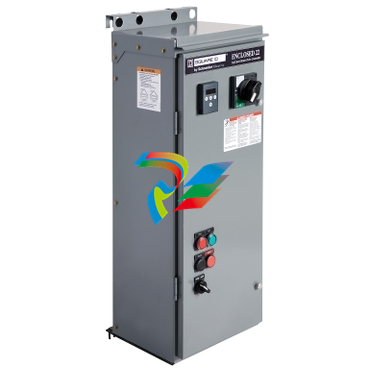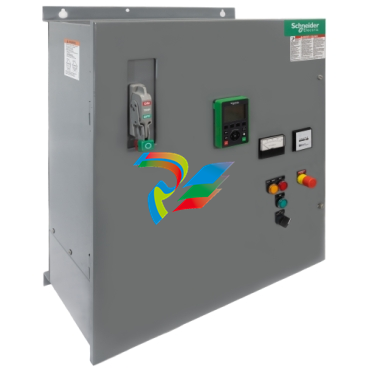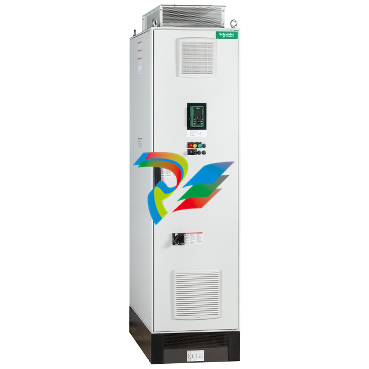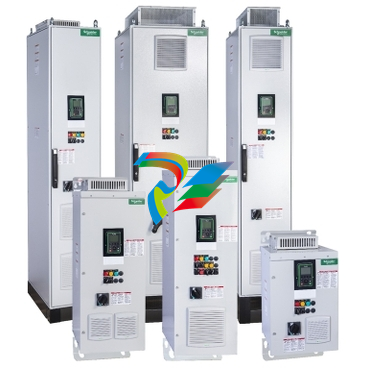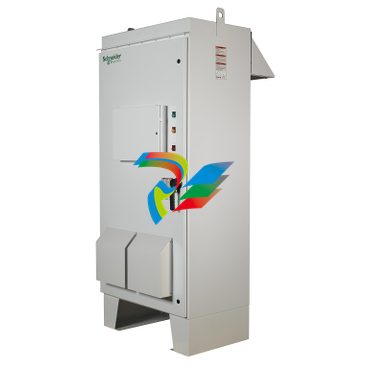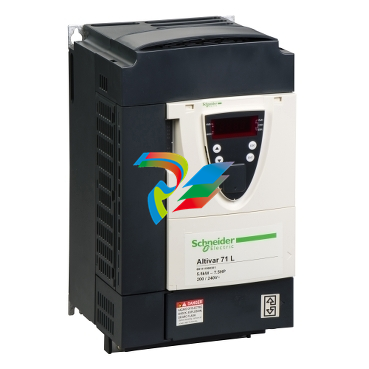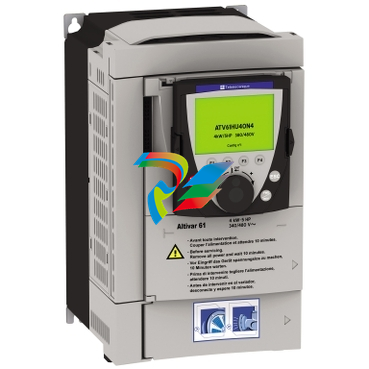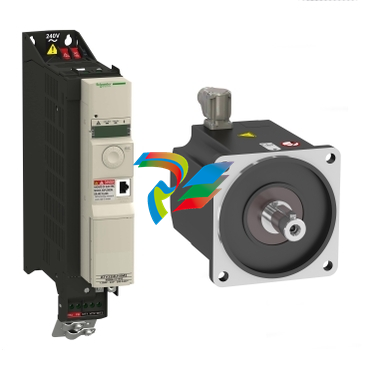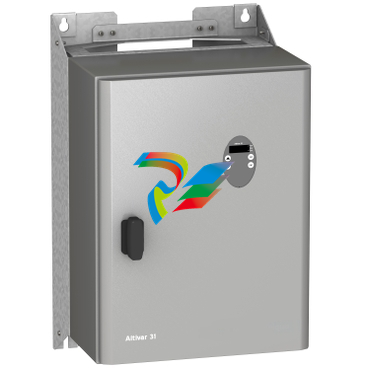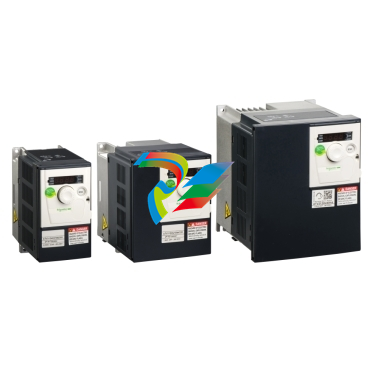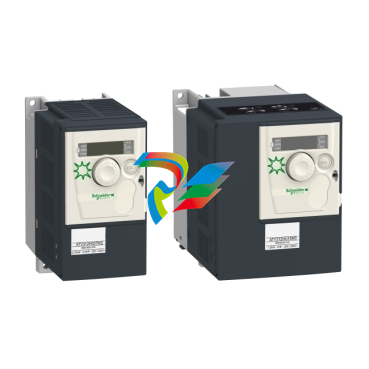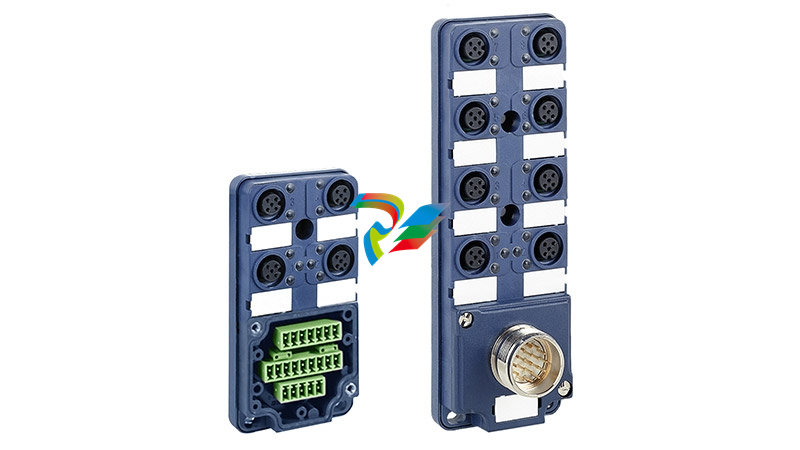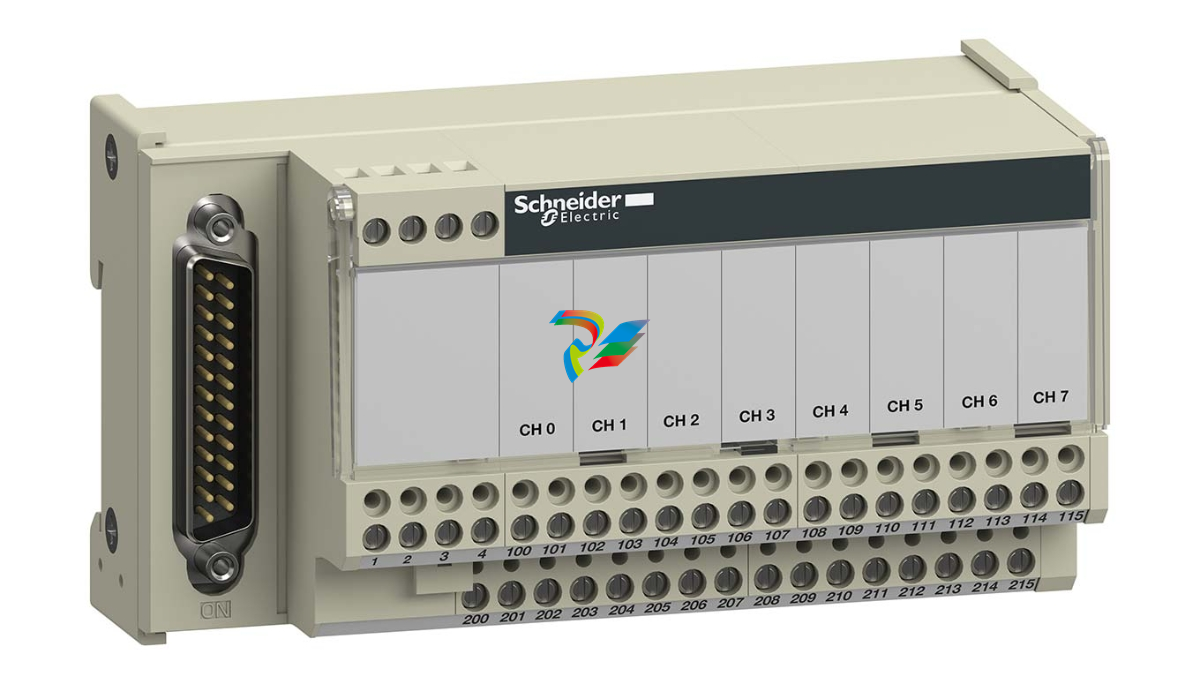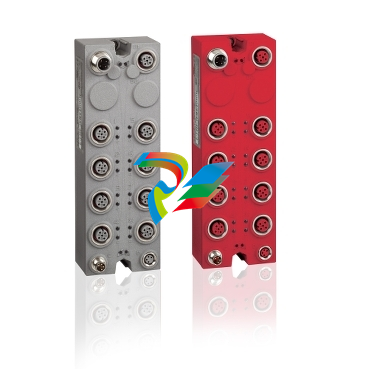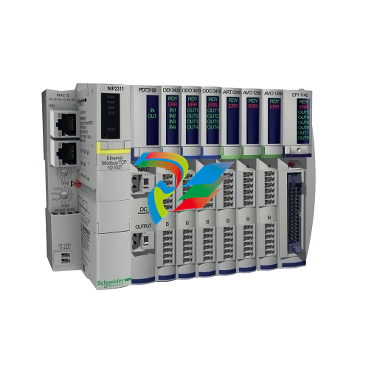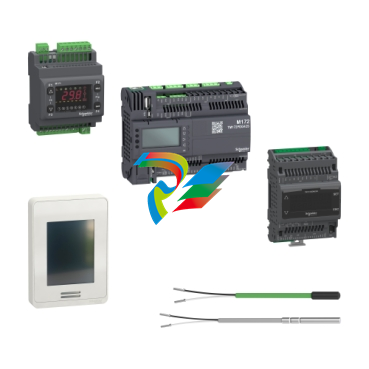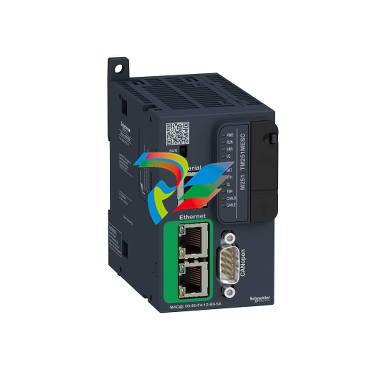
DCS; Industrial control system
Product
Article
NameDescriptionContent
Argument
Current Location:
PRODUCT SHOW
Description
**ABB 3HAC021965-002: Enhanced Performance for Power, Petrochemical, and Automation Industries**
ABB 3HAC021965-002 - Motor with Pinion for Robot Parts
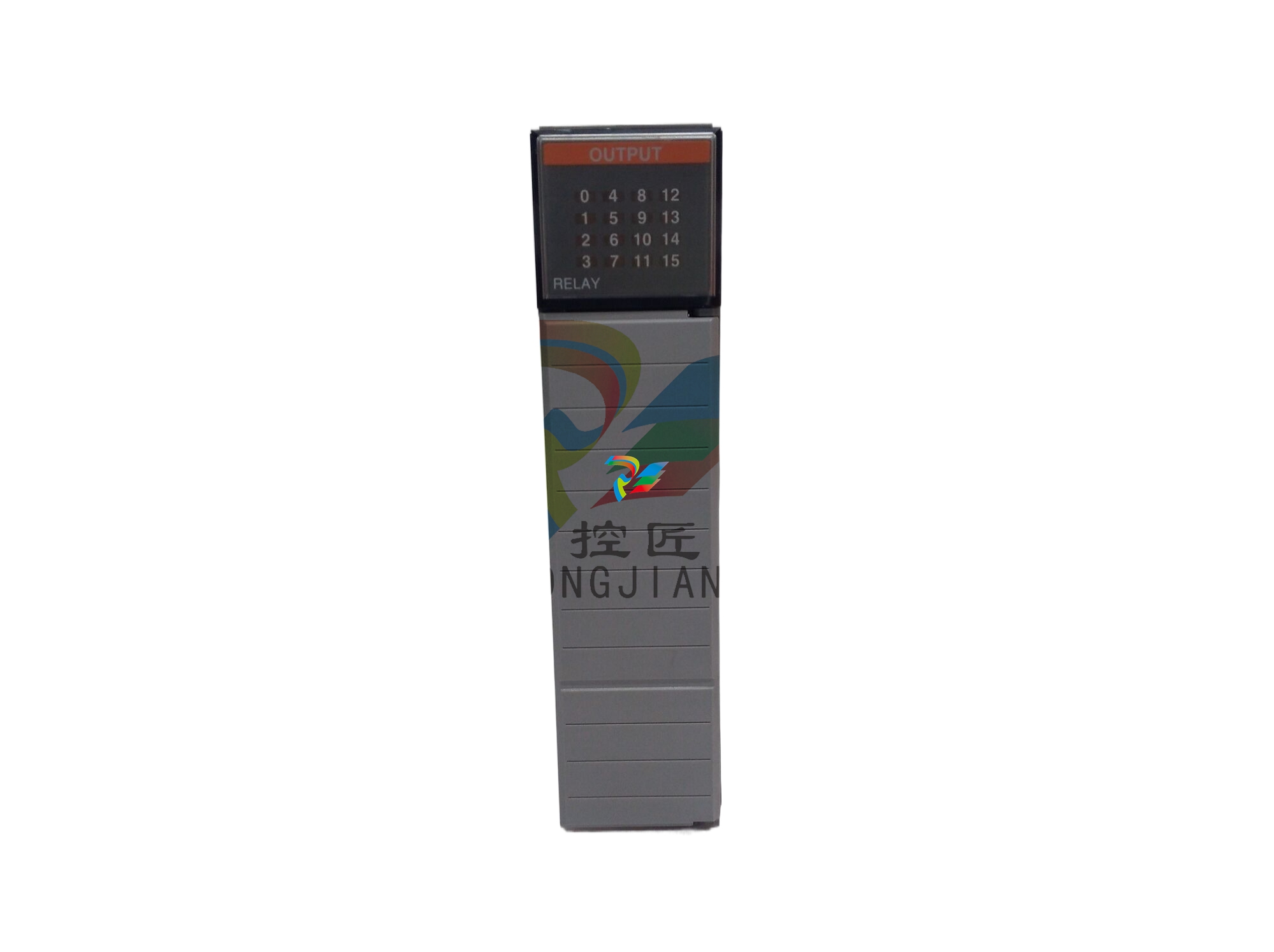
ABB 3HAC021965-002 - Motor with Pinion for Robot Parts
**ABB 3HAC021965-002: Enhanced Performance for Power, Petrochemical, and Automation Industries**
The ABB 3HAC021965-002 is a robust and versatile component designed to meet the demanding needs of the power industry, petrochemical sector, and general automation applications. With its advanced technology and reliable performance metrics, this model stands out among ABB’s extensive portfolio of automation products.
**Key Technical Features**
The ABB 3HAC021965-002 boasts impressive input/output capacities, making it suitable for a wide range of industrial applications. It features high-speed processing capabilities, with an optimized architecture that ensures minimal latency and maximized throughput. The model is built with durable materials, providing resilience against harsh environmental conditions often found in power and petrochemical facilities. Its performance metrics are exceptional, with a wide operational temperature range and high resistance to electromagnetic interference, ensuring consistent performance even in challenging settings.
Additionally, the ABB 3HAC021965-002 is designed for easy integration with existing systems, enhancing its appeal for industrial automation. This model supports various communication protocols, ensuring seamless compatibility with other ABB products, such as the ABB DSDC110B and ABB SDCS-IOB-3 Field Kit 3BSE004086R1, allowing for comprehensive network solutions.
**Real-World Usage Scenarios**
In real-world applications, the ABB 3HAC021965-002 excels in diverse scenarios. In the power industry, it is utilized for monitoring and controlling power distribution systems, ensuring optimal efficiency and reliability. In petrochemical facilities, it plays a crucial role in process automation, facilitating real-time data acquisition and control over critical operations. Its versatility extends to general automation, where it can be deployed in manufacturing lines for process control and quality assurance, thus enhancing productivity.
**Comparison with Other ABB Models**
When compared to models like the ABB 3HAC059479-002 and ABB 100472-012, the ABB 3HAC021965-002 offers unique advantages in input/output capabilities and processing speed. While the ABB 3HAC023046-001 is excellent for specific automation tasks, the 3HAC021965-002 provides broader applicability across multiple sectors. Furthermore, its durability and resilience to tough industrial environments set it apart from models like the ABB 3HAC022087-003, which may not withstand the same level of operational stress.
**Complementary ABB Models**
The ABB 3HAC021965-002 integrates seamlessly with several related models, enhancing its overall functionality. For instance, when paired with the ABB CI840 for control integration, it creates a powerful automation solution. The ABB PM564-T-ETH AC500 serves as an excellent controller for systems utilizing the 3HAC021965-002, allowing for advanced monitoring and data processing. Additionally, the ABB DLM02 LINK MODULE enhances the connectivity options, enabling further expansion of automation capabilities.
Other complementary models include the ABB 3HAC027641-001 and ABB GJR5136400R0001, which offer additional features that support and extend the functionality of the 3HAC021965-002. The ABB HESG447271R0002 Coupling Module ensures reliable connections in complex systems, while the ABB SD811V1 3BSC610044R1 Power Supply guarantees uninterrupted power, vital for maintaining operational integrity.
**Conclusion**
In summary, the ABB 3HAC021965-002 is an essential component for any organization involved in the power industry, petrochemical sector, or general automation. It delivers exceptional performance, durability, and compatibility with a wide range of ABB automation products, making it a valuable addition to your industrial setup. With the ability to enhance operational efficiency and reliability, the application of 3HAC021965-002 is a strategic investment for any forward-thinking enterprise.
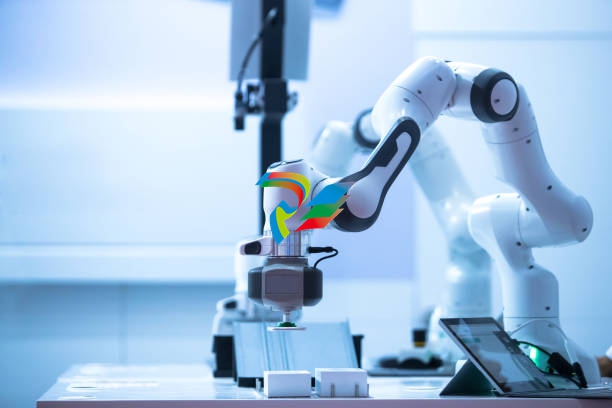
Purchase history
| User name | Member Level | Quantity | Specification | Purchase Date |
|---|
Total 0 Record
Customer Reviews
Satisfaction :
5 Stars
No evaluation information



